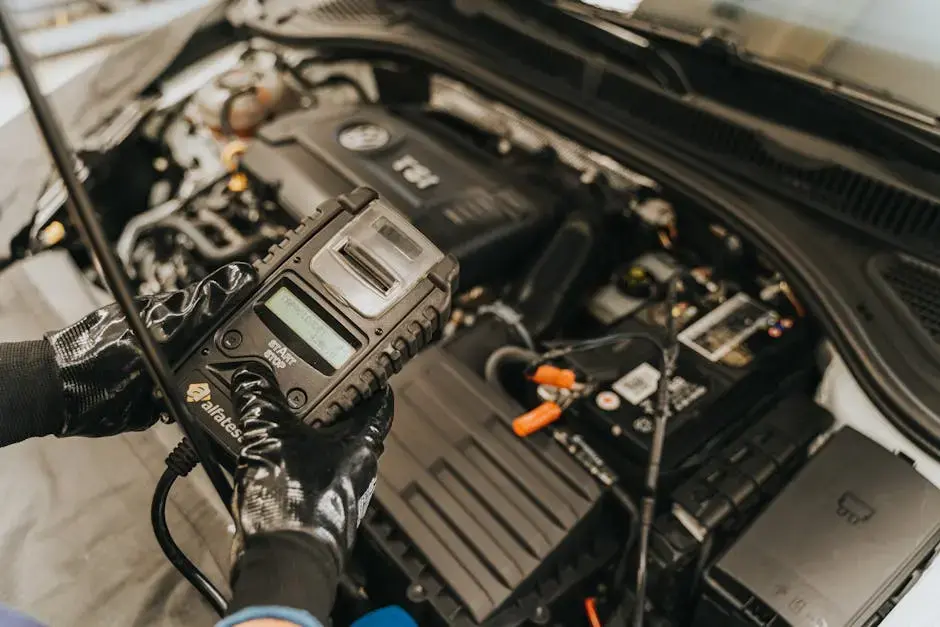How Often Does My European Car Need Maintenance?
- Cortese Automotive
- Jul 8
- 3 min read
Understanding the maintenance needs of your European car is essential for keeping it in top shape. Regular upkeep ensures optimal performance and longevity, but how often does that need to happen? Let's break it down in simple terms.

Check the Owner’s Manual
Every European car comes with an owner's manual detailing the recommended maintenance schedule. It's your first stop for understanding when services are due.
Typically, these manuals will break down service intervals based on mileage or time. For example, you might find that some components should be checked every 10,000 miles or annually, whichever comes first.
Be sure to read through the manual completely—some European models have unique requirements that may not be common across all vehicles. This knowledge empowers you to keep your car in peak condition.
Additionally, keeping your owner's manual in your glove compartment can serve as a handy reference. When you’re unsure about what needs attention next, it’s just a quick flip away! This small effort pays off significantly.
Follow Manufacturer Recommendations
Most manufacturers provide guidelines on how often to have oil changes, brake inspections, and other essential services. Following these recommendations is crucial for ensuring that your car runs smoothly.
As a general rule, manufacturers typically recommend oil changes every 5,000 to 10,000 miles, but this can vary. For instance, your European vehicle may require synthetic oil, which could allow for longer intervals.
Moreover, keep an eye on specific components that are unique to your make and model. Many European vehicles incorporate advanced technology that can affect performance, necessitating frequent checks.
By sticking to the manufacturer’s guidelines, you're not just adhering to a schedule—you're actively prolonging the life of your vehicle and saving yourself from costly repairs later.
Consider Driving Conditions
If you frequently drive in harsh environments, such as extreme temperatures or rough terrain, your car may need more frequent maintenance than standard schedules suggest.
For instance, if you live in an area that experiences heavy snowfall, road salts and ice can cause corrosion over time. In this case, more routine inspections may help catch problems before they escalate.
Additionally, urban driving can entail stop-and-go traffic, which puts a different strain on your engine, brakes, and transmission. Recognizing how these conditions impact your vehicle is vital.
Tailoring your maintenance routine based on your driving habits will not only ensure better performance but also enhance your safety on the road. So, consider your unique driving environment as a factor in your maintenance schedule.
Monitor Your Car’s Performance
Pay attention to how your car feels and sounds. Unusual noises or performance issues can indicate that maintenance is needed sooner than expected.
Don’t dismiss that mild squeaking sound or the subtle vibration during acceleration. Your car communicates through its performance, and it’s crucial to listen.
If you notice a drop in fuel efficiency or the check engine light comes on, these are signs that immediate maintenance is necessary. Ignoring them can lead to more severe problems down the line.
Additionally, regular check-ins with a trusted mechanic can offer insights into performance trends. This proactive approach not only helps you manage timely maintenance but also fosters a closer relationship with your vehicle.
Final Thoughts on European Car Maintenance
Prioritizing regular maintenance for your European vehicle not only enhances its performance but also saves you money in the long run. By following the outlined schedule and staying attentive to your car's specific needs, you can enjoy a safe and enjoyable driving experience.

Comments